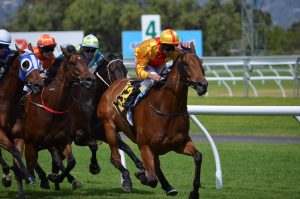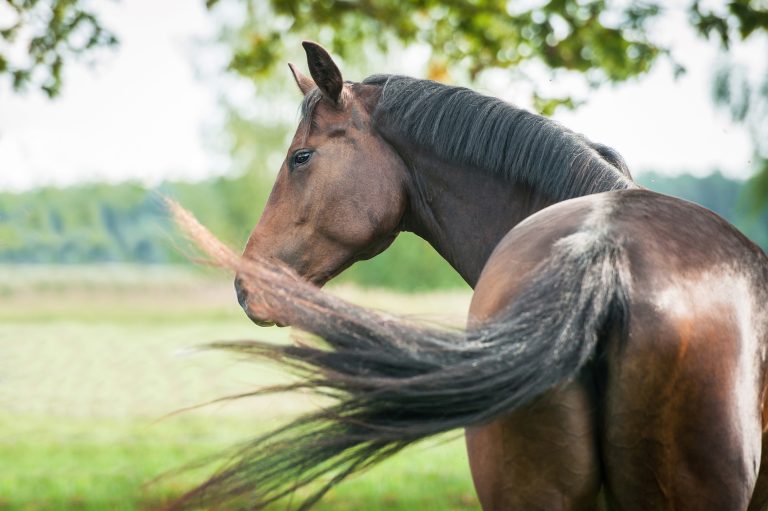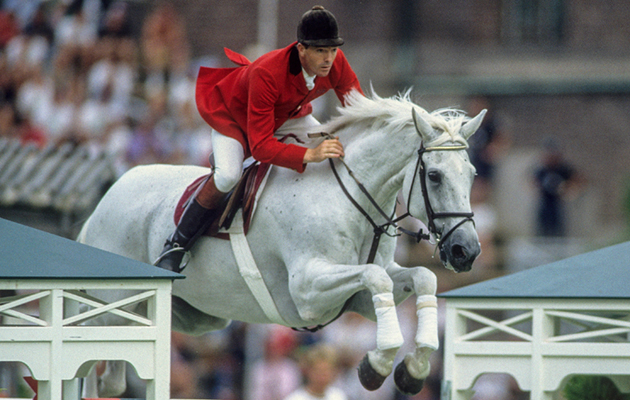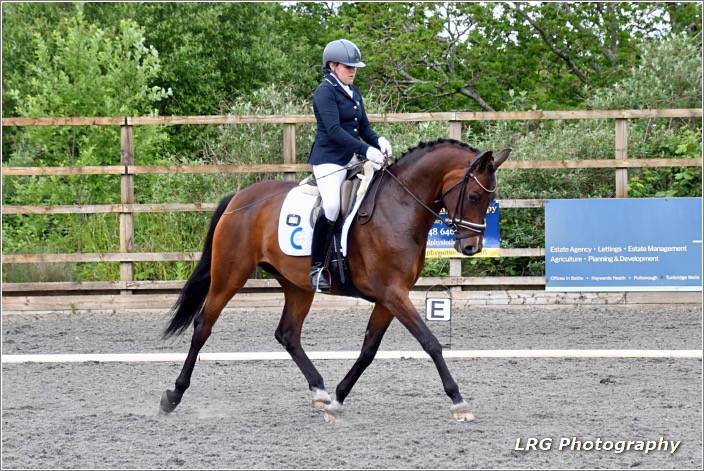Have you ever wondered just how fast a horse can run? Well, prepare to be amazed! These majestic creatures are capable of incredible speeds that will leave you in awe. So, sit back and hold on tight as we explore the thrilling world of equine speed and discover just how fast these magnificent animals can really go. Get ready to be blown away!
Table of Contents
ToggleHistorical Perspective
The historical importance of horse speed
Horse speed has played a significant role in human civilization throughout history. From ancient times, horses were prized for their swiftness, enabling them to be used in transportation, warfare, and various other pursuits. The ability to travel long distances quickly allowed for the expansion of empires, the delivery of important messages, and the swift movement of troops. Horses were not only admired for their speed but also revered for their strength and grace.
Early records of horse racing
The sport of horse racing dates back thousands of years, with evidence of organised races found in ancient civilizations such as Egypt, Greece, and Rome. In ancient Greece, chariot races were immensely popular, showcasing the speed and skill of both horses and their charioteers. Similarly, the Romans held chariot races in grand arenas, attracting massive crowds. Racing became a sport of prestige and entertainment, capturing the attention of rulers and common people alike.
Notable horse races throughout history
Throughout history, certain horse races have gained legendary status for their remarkable competitors and thrilling outcomes. One such race is the Epsom Derby, first held in 1780 in England. Known as the “greatest flat race in the world,” the Derby has showcased some of the finest Thoroughbred horses in history, including racing legends like Nijinsky, Sea Bird, and Shergar.
Another renowned race is the Kentucky Derby, an annual event held in Louisville, Kentucky, since 1875. The “Run for the Roses” has become a symbol of American horse racing and is the first leg of the coveted Triple Crown. Horses like Secretariat, American Pharoah, and Justify have left an indelible mark on the sport with their incredible speed and dominance.
Factors Affecting Speed
Breed and genetics
One of the primary factors influencing a horse’s speed is its breed and genetics. Certain breeds, such as the Thoroughbred and the Quarter Horse, are specifically bred for speed. These breeds possess physical characteristics, such as a lean body, long legs, and a large heart, that contribute to their exceptional speed and agility.
Training and conditioning
The training and conditioning of a horse can have a significant impact on its speed. Proper training techniques, such as interval training and sprint workouts, can enhance a horse’s cardiovascular fitness, muscle strength, and endurance. A well-conditioned horse is better equipped to maintain its top speed for longer periods of time and recover quickly from exertion.
Physical characteristics that impact speed
Several physical characteristics of a horse directly affect its speed. A horse’s stride length, stride frequency, and ability to extend its legs during a gallop are crucial in determining its overall speed. Additionally, a horse’s body proportions, such as the length of its back, the angle of its shoulders, and the flexibility of its joints, can all contribute to its running efficiency and speed.
Fastest Recorded Speed
The fastest horse in history
The title for the fastest horse in history goes to a Thoroughbred named Winning Brew. In 2008, at the Penn National Race Course in Grantville, Pennsylvania, Winning Brew achieved a breathtaking speed of 70.76 kilometres per hour (43.97 miles per hour) in a race. This impressive feat cemented Winning Brew’s place in the record books.
How the speed was measured
Measuring a horse’s speed is typically done using advanced technology, such as radar guns or timing systems. By tracking the time it takes for a horse to cover a specific distance, its speed can be accurately calculated. In the case of Winning Brew, the racecourse officials utilised a state-of-the-art timing system, ensuring the precise measurement of her extraordinary velocity.
Comparing the fastest horses across different eras
Comparing the speeds of horses throughout history can be challenging due to varying track conditions, advancements in technology, and different measurement methods. However, it is evident that horses from different eras possess remarkable speed capabilities. It is a testament to the continuous pursuit of breeding faster, more efficient horses.
Top Speeds in Different Horse Sports
Thoroughbred racing
Thoroughbred racing is synonymous with speed, and the breed has consistently produced some of the fastest racehorses. These incredible athletes can reach top speeds of up to 70 kilometres per hour (43 miles per hour) during races. Races like the Kentucky Derby and the Epsom Derby attract the finest Thoroughbreds, showcasing their lightning-fast capabilities.
Steeplechase
Steeplechase is an exhilarating form of horse racing that combines speed, agility, and jumping over various obstacles. In this sport, horses can reach impressive speeds of around 48 kilometres per hour (30 miles per hour) while gracefully navigating hurdles and water jumps. The demanding nature of steeplechase requires horses with both speed and athleticism.
Endurance riding
While endurance riding does not emphasise high speeds throughout the entire race, these events test a horse’s stamina and ability to maintain a consistent pace over long distances. Horses participating in endurance rides typically cover distances ranging from 80 kilometres to 160 kilometres (50 miles to 100 miles) in a single day. Maintaining a steady speed of around 15 to 20 kilometres per hour (9 to 12 miles per hour) is crucial for success in endurance riding.
Harness racing
In harness racing, where horses pull a sulky and driver, speed is paramount. Horses in harness races can reach impressive speeds of up to 60 kilometres per hour (37 miles per hour), with Standardbred horses being the primary breed involved in this type of racing. The combination of speed and endurance makes harness racing a thrilling equestrian sport.
Breaking Down the Gallop
Galloping mechanics
The gallop is the fastest gait of the horse and is characterised by a four-beat movement pattern. It involves a series of leaps or jumps where the horse propels itself forward with its hind legs while fully extending its front legs. The sequence begins with a push-off from the hind legs, followed by a suspension phase where all four hooves are off the ground, and finally, a landing in which the front hooves touch down first.
Average speed during a gallop
The average speed of a galloping horse varies depending on various factors, such as the breed, conditioning, and terrain. Generally, horses can sustain speeds of around 40 to 48 kilometres per hour (25 to 30 miles per hour) during a gallop. However, certain breeds, like the Thoroughbred, have been known to exceed these speeds, reaching up to 70 kilometres per hour (43 miles per hour) over short distances.
Factors that can increase galloping speed
Several factors can contribute to an increase in a horse’s speed during a gallop. Regular training and conditioning programmes improve a horse’s cardiovascular fitness, muscle strength, and overall stamina, enabling them to achieve faster speeds. Proper footing, such as well-maintained racing tracks, can also enhance a horse’s performance. Additionally, technological innovations in track surfaces and racing equipment continue to play a role in pushing the boundaries of galloping speed.
Factors Affecting Stamina
Physical attributes for stamina
Stamina in horses is influenced by various physical attributes, including cardiovascular capacity, lung size, muscle composition, and bone density. Horses bred for endurance events possess a higher proportion of slow-twitch muscle fibres, which provide increased resistance to fatigue. Additionally, a well-developed respiratory system allows for efficient oxygen supply during prolonged exertion, contributing to heightened stamina.
Training techniques for building stamina
Building stamina in horses involves a gradual and strategic training process that incrementally increases the duration and intensity of exercise. Long, slow-distance training, hill work, and interval training are commonly used methods to improve a horse’s stamina. These techniques help develop the horse’s cardiovascular system, muscular endurance, and mental fortitude, enabling them to perform at their best over extended periods.
The role of breeding in stamina
Breeding plays a crucial role in determining a horse’s stamina. Through selective breeding, certain traits associated with endurance and stamina can be passed down through generations. Breeds such as the Arabian and the Akhal-Teke are known for their exceptional endurance abilities and have been selectively bred for these qualities for centuries. The genetic predisposition of these breeds makes them well-suited for long-distance events that demand superior stamina.
Horse Speed vs. Human Speed
Comparing maximum speeds
While horses are renowned for their speed, humans hold the advantage when it comes to maximum speeds. The fastest recorded human speed is around 44.72 kilometers per hour (27.79 miles per hour), achieved by the Jamaican sprinter Usain Bolt during the 2009 World Championships in Berlin. In comparison, horses can reach much higher speeds, with the fastest recorded horse reaching over 70 kilometres per hour (43 miles per hour).








